Is Crypto Mining Legal? A Global Regulatory Overview
As cryptocurrency continues to advance, the mining industry’s legal landscape is constantly shifting, with regulations forming a complex and often opaque landscape. From energy consumption and environmental issues to licensing and taxation, countries and regions differ greatly in their approaches to mining. This article offers a global overview of compliance and regulatory trends impacting cryptocurrency mining.
Cryptocurrency Mining and Regulation: Why It Matters
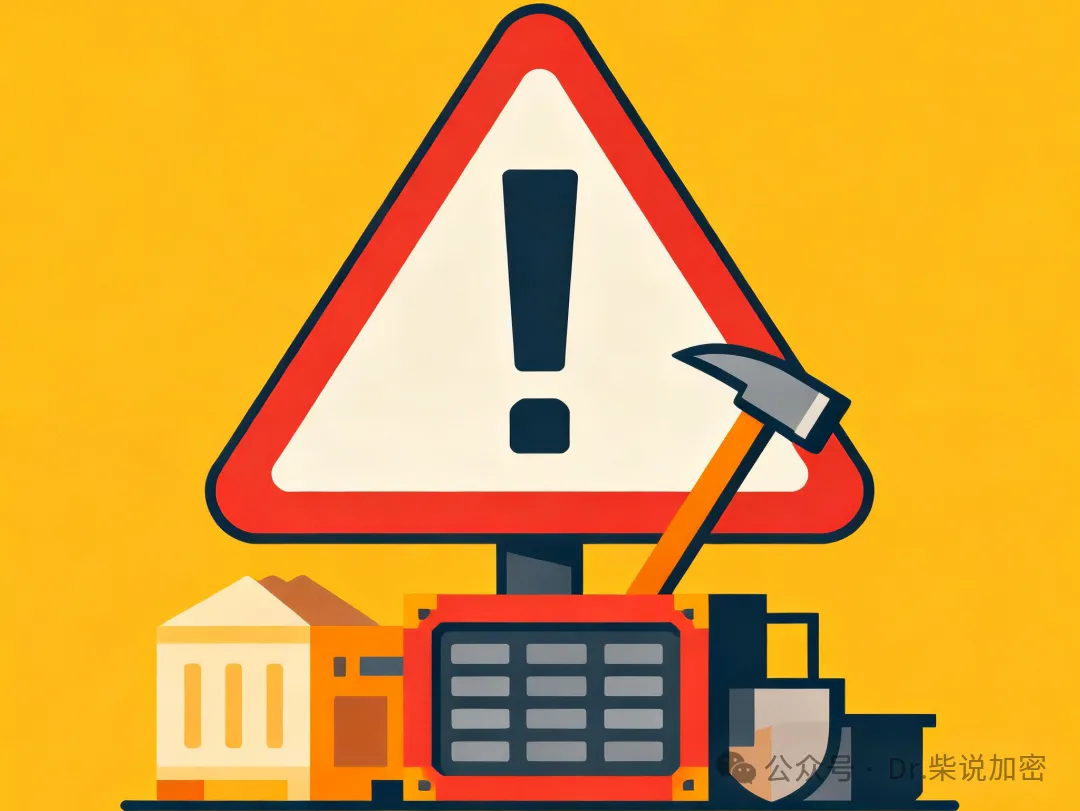
Cryptocurrency mining verifies blockchain transactions with computing power, securing the network and rewarding miners with crypto assets. Operations range from home GPUs to industrial-scale farms, but high energy usage and noise have attracted regulatory attention worldwide. As of 2025, the regulatory environment remains complex and dynamic: some regions (like Texas, USA) embrace mining for economic growth, while others (such as Iran) have imposed outright bans due to environmental and financial risks.
A Real-World Analogy
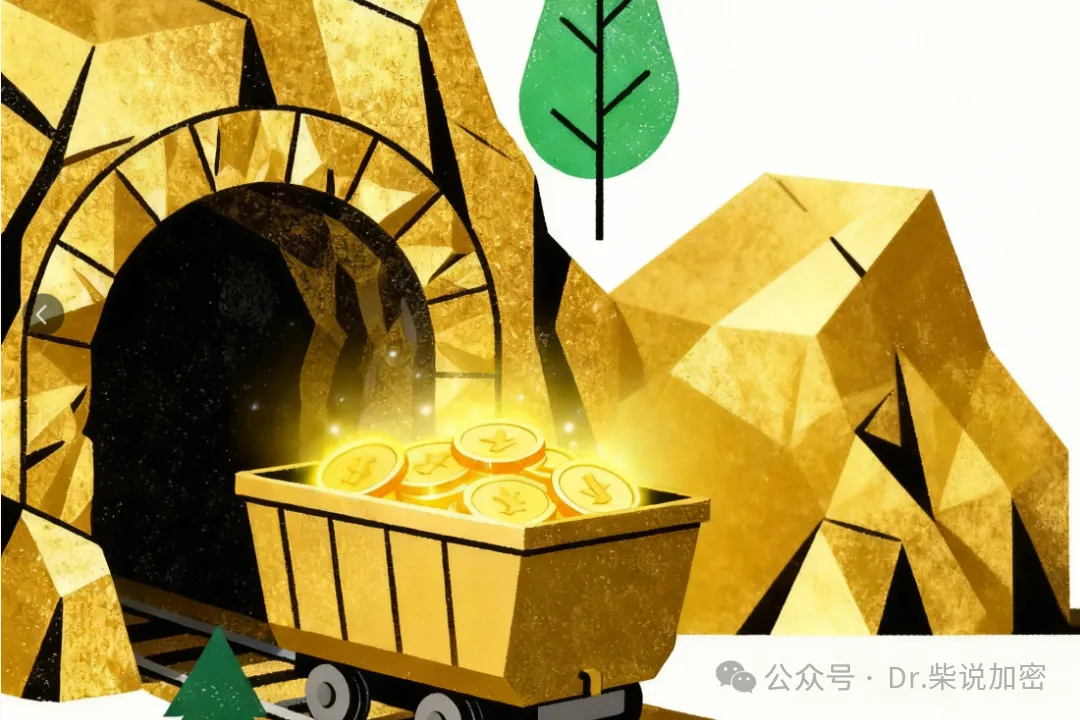
Mining is much like gold prospecting—the allure of finding “gold” (cryptocurrency) is strong, but mining operations must follow local laws, such as environmental permitting and noise controls, or risk fines and shutdowns.
Key Regulatory Issues
- Energy Consumption: Bitcoin’s substantial power draw sparks environmental debates worldwide.
- Noise Pollution: Large mining operations often generate disruptive noise, leading to community complaints.
- Financial Compliance: Regulations around taxation, AML, and transparency are tightening globally.
Global Mining Legality Overview

The legal status of mining varies widely around the world. Some nations see it as a driver of economic innovation and actively attract miners with supportive policies, while others restrict or ban mining due to concerns about energy, financial stability, or environmental impact.
- United States: No federal ban exists, but regulations differ by state. Texas is a mining hotspot thanks to low electricity prices and open policies, whereas New York has imposed temporary restrictions on fossil fuel-powered mining. Arkansas enacted laws protecting miners’ rights in 2023, but added new noise, licensing, and foreign enterprise restrictions in 2024.
- Europe: The EU is focused on mining energy usage, urging member states to gradually cut related electricity consumption and end mining tax incentives.
- Canada: Hydropower makes Canada a prime mining destination, though some provinces set quotas and control prices to protect residential electricity supplies.
- Russia: In 2024, Russia formally legalized crypto mining, introducing licensing, tax, and regulatory structures.
- Kazakhstan: Long favored by miners for cheap electricity, Kazakhstan has recently enhanced its licensing and tax policies, applying differentiated tax rates based on energy sources.
- Iran, Bolivia, and similar nations have imposed strict limitations or outright bans, mainly due to energy shortages and financial security concerns.
Primary Regulatory Concerns
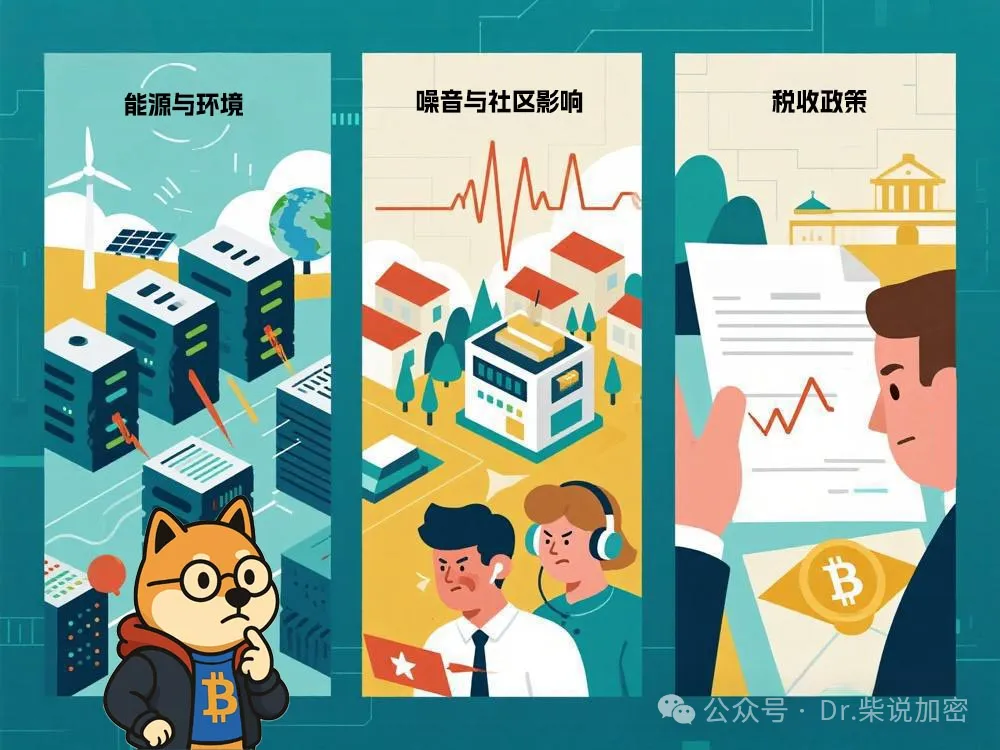
- Energy & Environment: Mining’s energy consumption profile is a global concern, especially where coal power dominates. Green energy mining is encouraged, while high-carbon operations face strict curbs.
- Noise & Community Impact: The noise from large mining farms can spark lawsuits, prompting states to require noise-reduction equipment.
- Licensing & Compliance: Many jurisdictions require miners to obtain operating licenses and comply with electricity, safety, and tax rules.
- Tax Policy: Tax treatment of mining income varies. In the U.S., mining earnings are taxed as income and subject to capital gains tax on sale; Kazakhstan uses electricity-linked progressive rates; Canada offers incentives for green energy mining.
Legal & Compliance Issues for Home Miners

While most regulations target industrial operations, home miners must heed local requirements. Excessive electricity use can trigger higher rates or violate local residential regulations. Issues like noise, heat, and electrical safety can provoke neighbor disputes. Home miners should monitor power usage, improve cooling and soundproofing, and source equipment and software from official channels.
Taxation of Mining Profits
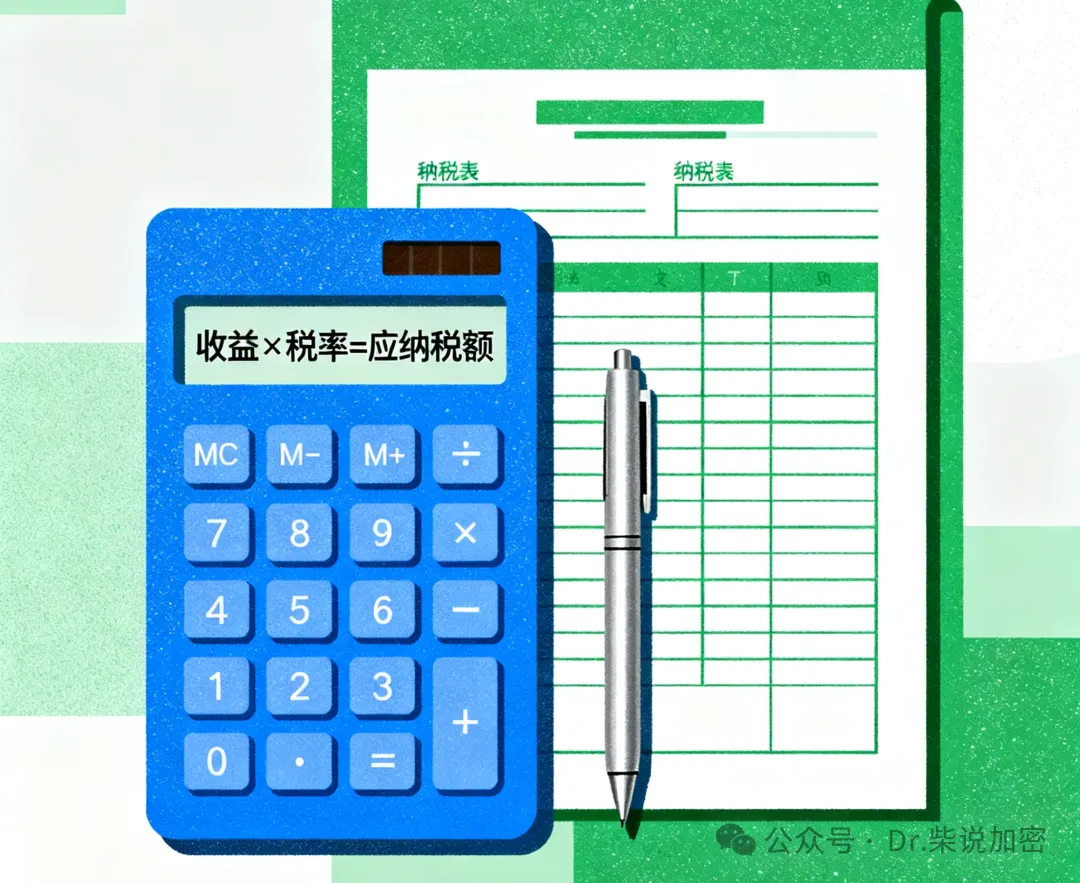
Tax policies for mining profits differ by country:
- United States: Mining income is taxed based on its fair market value, with rates of 30% or more, plus a 15–20% capital gains tax on sale.
- Canada: Green energy mining receives tax benefits; Quebec will grant a 10% income tax reduction in 2025.
- Kazakhstan: Progressive tax rates apply, with green energy mining qualifying for a $0.0024/kWh discount.
- Russia: From November 2024, businesses must pay tax and individuals must report mining income under new laws.
Home miners should keep careful earnings records and use third-party tools to track tax data automatically, avoiding penalties.
Licensing and Clean Energy Initiatives
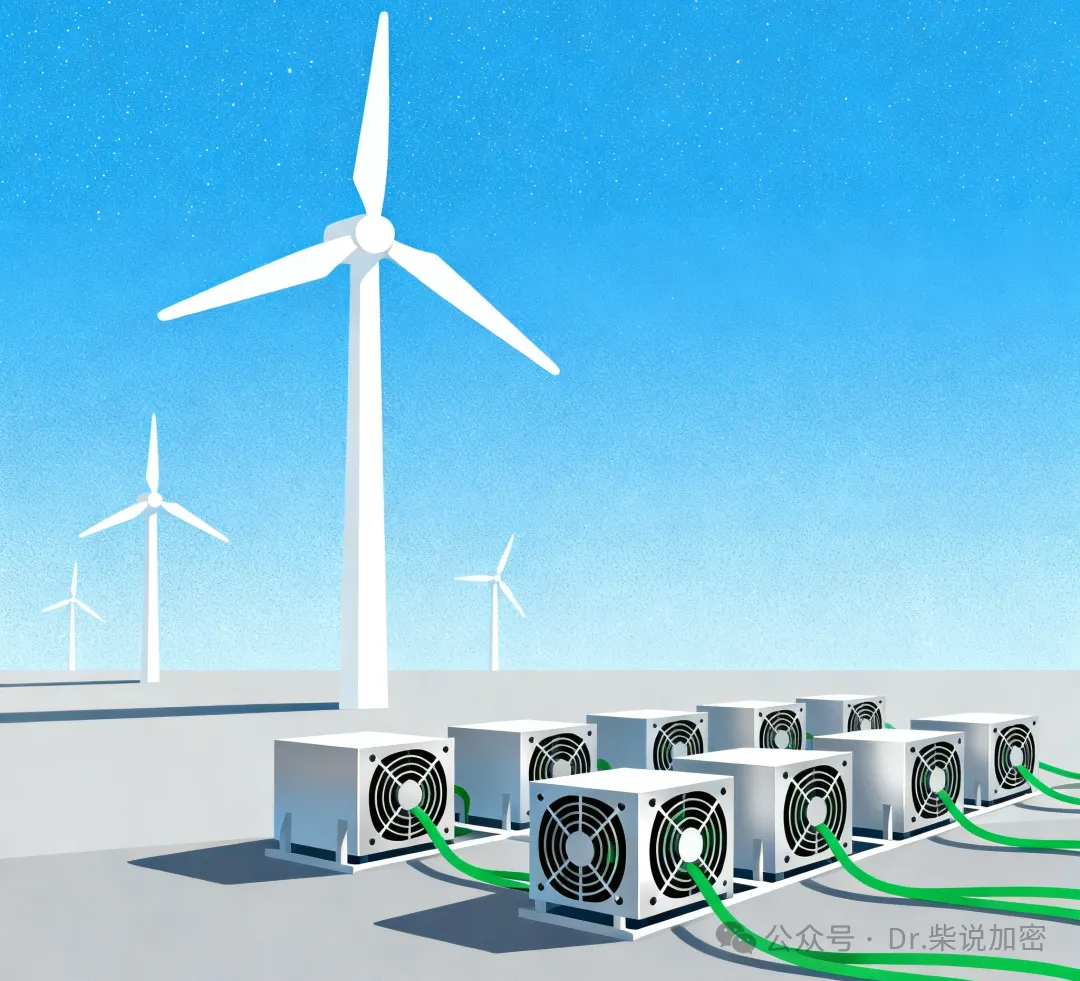
In the U.S., most states treat mining as a standard business activity. Miners must obtain business licenses and meet federal and state tax obligations, reporting income at fair market value. In states with tight energy supplies, miners face extra scrutiny, including efficiency standards and emissions limits.
Russia’s 2024 law requires all mining companies to secure official licenses and comply with oversight by both the government and the central bank.
Globally, environmental impact assessments (EIA) are now central to mining compliance, especially in regions emphasizing sustainability. Mining companies must submit energy, carbon, and noise reports for independent review before launching operations. These requirements raise the barriers to entry for the industry and drive wider adoption of clean energy and efficient equipment.
The mining sector is increasingly shifting to clean energy. In North America, some farms tap wind and solar power directly; in Northern Europe and Siberia, hydropower and natural cooling help cut energy use; and in the Middle East and Central Asia, surplus renewable electricity is integrated to boost efficiency.
Conclusion
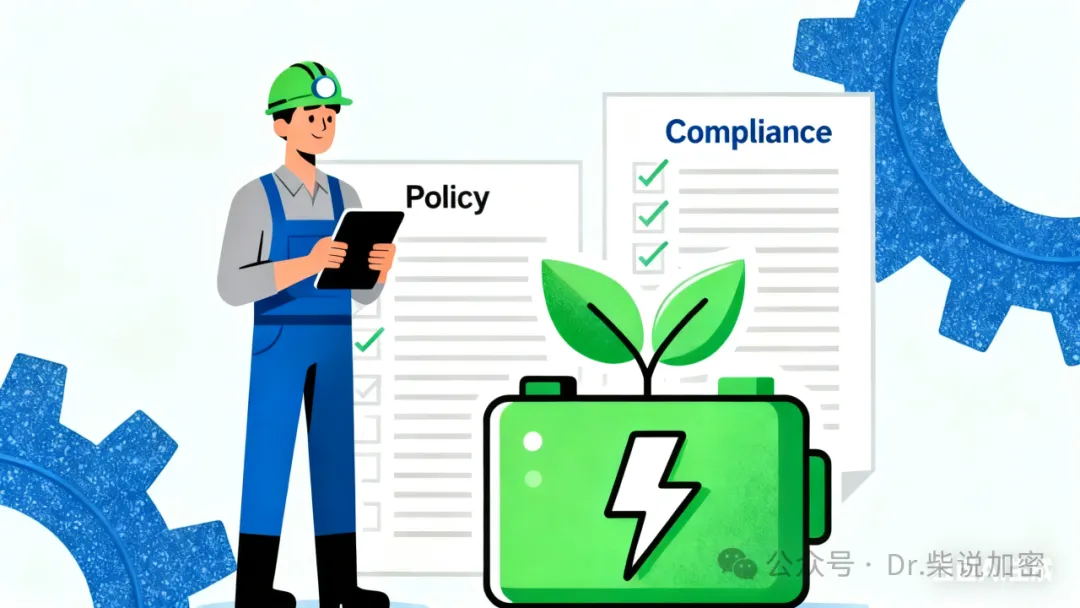
In 2025, cryptocurrency mining regulation remains highly decentralized: some nations support mining with clear frameworks, while others impose bans due to energy or financial concerns. Key future trends include greater support for green energy mining, tighter energy oversight, and enhanced licensing and tax regimes.
Clean energy mining reduces long-term costs for miners, enhances the industry’s reputation, and supports global sustainability goals. This transformation is becoming the cornerstone of the sector’s sustainable growth.
For miners, staying informed of local regulations and ensuring compliance are now essential for long-term success in the industry.
Statement:
- This article is reprinted from [Dr. Chai on Crypto]; copyright belongs to the original author [Dr. Chai on Crypto]. For republication inquiries, please contact the Gate Learn team, which will respond promptly in accordance with established procedures.
- Disclaimer: The views and opinions expressed herein are solely those of the author and do not constitute investment advice.
- Other language versions of this article are provided by the Gate Learn team. Unless Gate is cited, translated articles may not be copied, distributed, or used without permission.
Related Articles

The Future of Cross-Chain Bridges: Full-Chain Interoperability Becomes Inevitable, Liquidity Bridges Will Decline

Solana Need L2s And Appchains?

Sui: How are users leveraging its speed, security, & scalability?

Navigating the Zero Knowledge Landscape

What is Tronscan and How Can You Use it in 2025?
